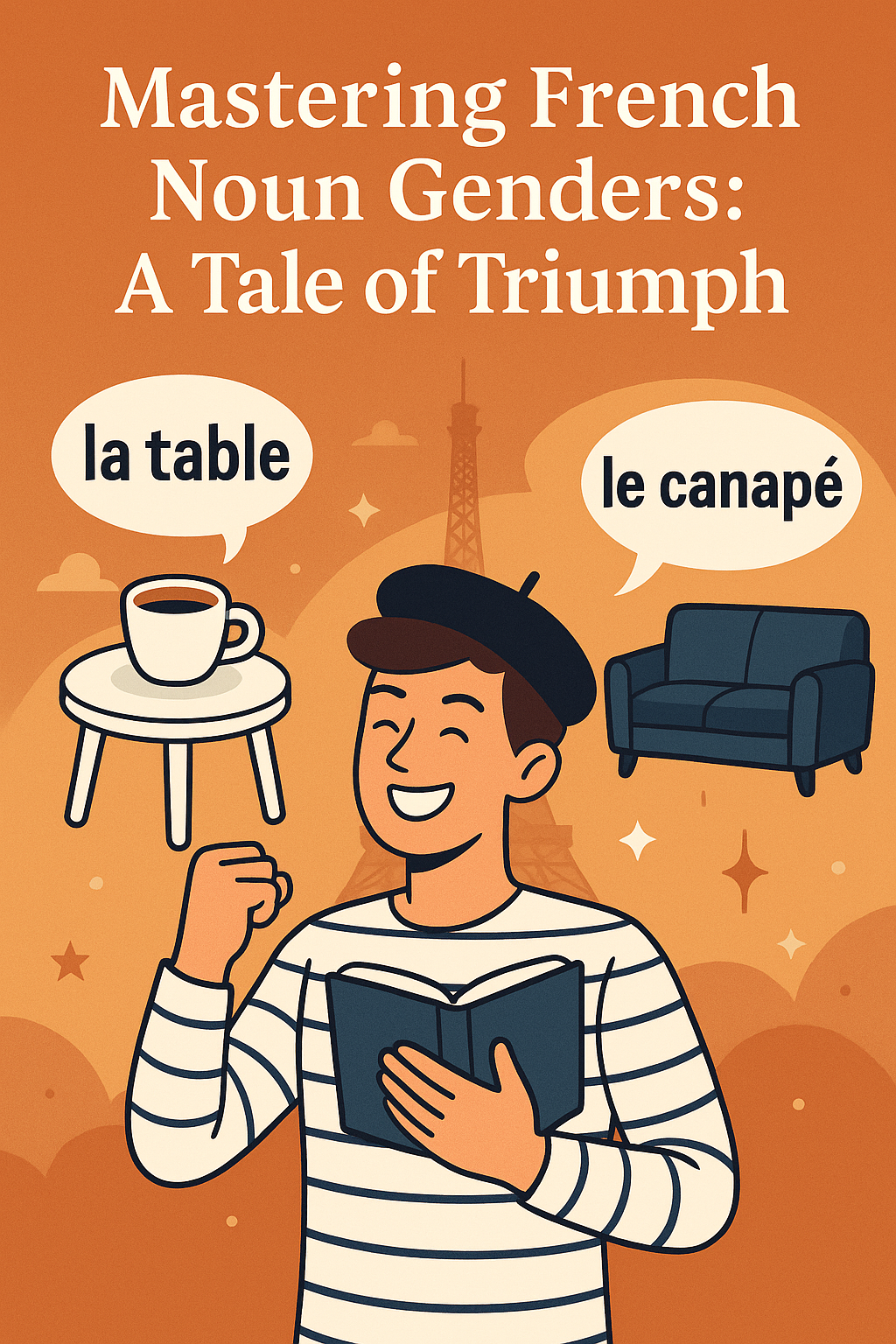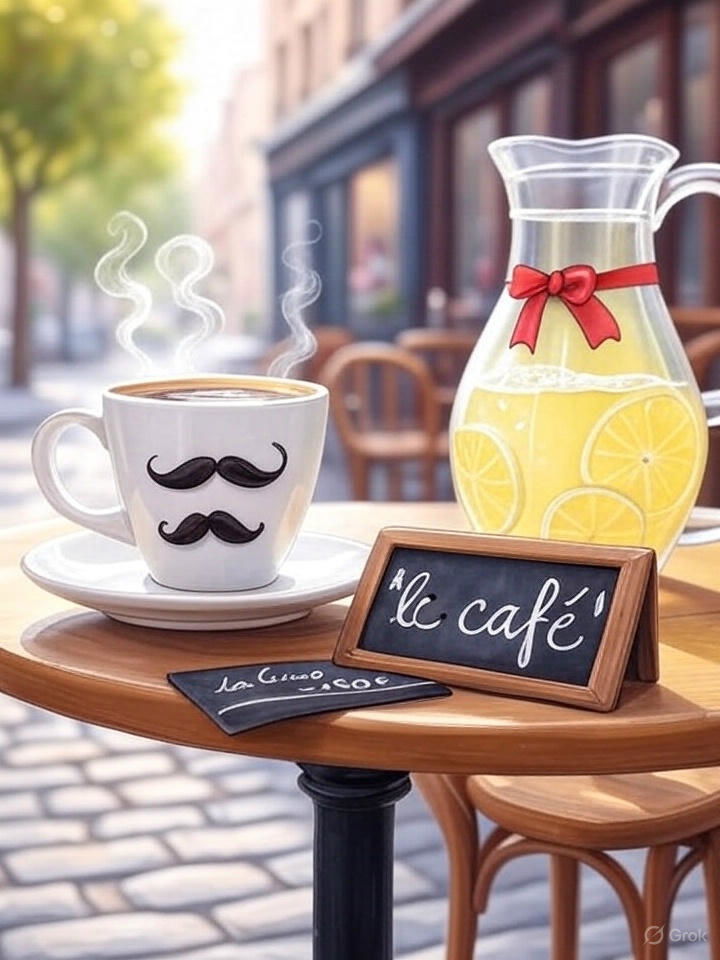The French Noun Gender Struggle: A Learner’s Tale (And How to Win)

Picture this: You’re in a Parisian café, confidently ordering "un croissant"—only to freeze when describing "une tarte" moments later. Why is the buttery, flaky croissant masculine, while the sweet, delicate tart is feminine? And why does "le Covid" sometimes become "la Covid"?Ah, the mysteries of French noun genders.
The Great Gender Puzzle
When I first started learning French, I assumed noun genders followed logic. Surely, the sun (le soleil) would be fiery and masculine, while the moon (la lune) would be soft and feminine—just like in Spanish or Italian. But then I met la mer (the sea, feminine but wild and powerful) and le courage (masculine, yet a trait we associate with all genders).The rules? More like gentle suggestions:
- Feminine endings: -tion (la nation), -sion (la passion), -ure (la culture).
- Masculine endings: -age (le voyage), -ment (le gouvernement).
But then… la plage (the beach, feminine despite -age) laughs at your efforts.

Even in a simple café, noun genders lurk everywhere. Will you remember that le café is masculine but la limonade is feminine?
How I (Mostly) Conquered the Gender Game
After many mix-ups (le vs. la disasters), I found ways to make it stick:
- The Article Attachment Method – Never learn just "livre"—always "le livre." Your brain starts associating the word with its gender.
- The Personification Trick – Imagine la table (feminine) wearing a skirt, or le vent (the wind, masculine) as a gusty old man. Silly? Maybe. Effective? Absolutely.
- The "Five Times" Rule – Write a new noun with its article five times. Muscle memory is real.
- The "Guess and Check" Game – When reading, guess the gender before looking it up. Over time, you’ll sense patterns.
The Liberating Truth: Even French People Debate Genders
Did you know some words (après-midi, sandwich) can be both genders? Or that regional differences mean le or la might change depending on where you are? Even native speakers sometimes pause mid-sentence, wondering: "Wait… is it le or la ?"So, take a deep breath. You’ll mess up. You’ll call "la professeur" (should be le) or "le fleur" (it’s la fleur). But each mistake etches the right answer deeper into your memory.
Final Tip: Laugh It Off
The best way to learn? Embrace the chaos. When I accidentally said "Je suis plein" (I’m full… of food, but also slang for "I’m pregnant") instead of "J’ai fini," my French friend nearly choked on her vin rouge. Mistakes make the best stories—and the best lessons.Now, over to you: What’s your most confusing French noun gender moment? Share in the comments!
For more French learning adventures, visit MySharpies.com. À bientôt!